BY LAWRENCE SCHULMAN | When Judy Garland (1922-1969) sang Cole Porter’s “I Happen to Like New York,” her heart was telling us where her home was.
After her death in London on June 22, 1969, from an accidental overdose of barbiturates and her New York funeral five days later at the Frank E. Campbell Funeral Chapel, at 1076 Madison Ave., she was laid to rest in a crypt at the Ferncliff Cemetery in Hartsdale, New York.

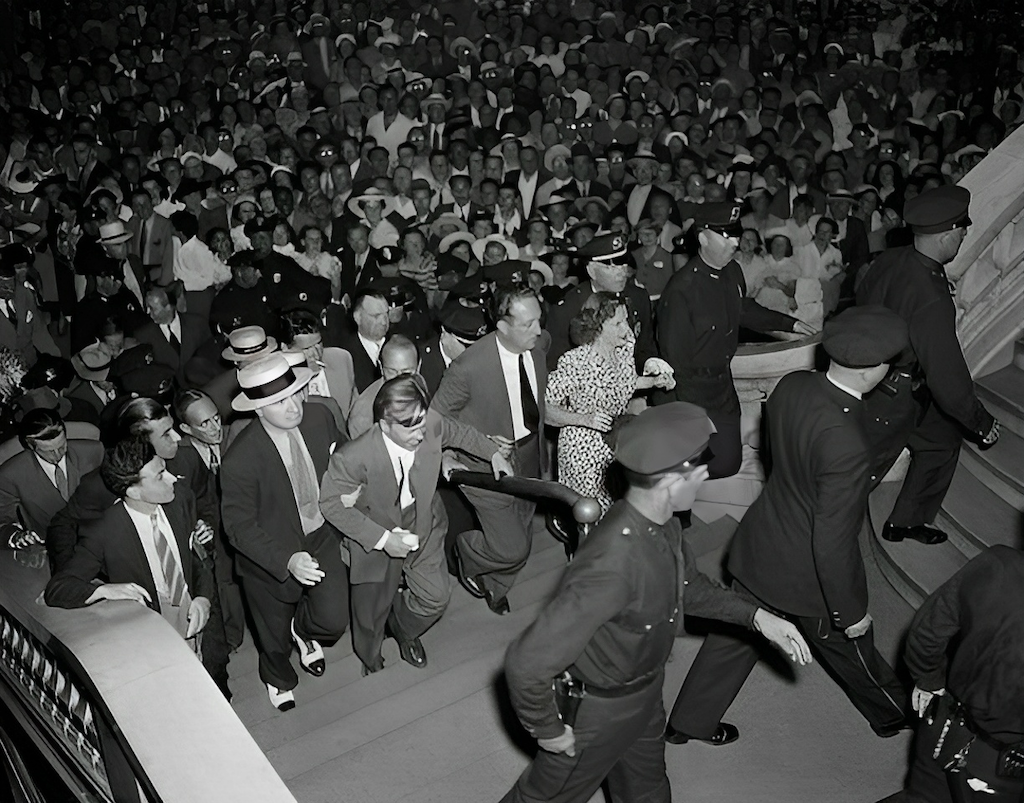
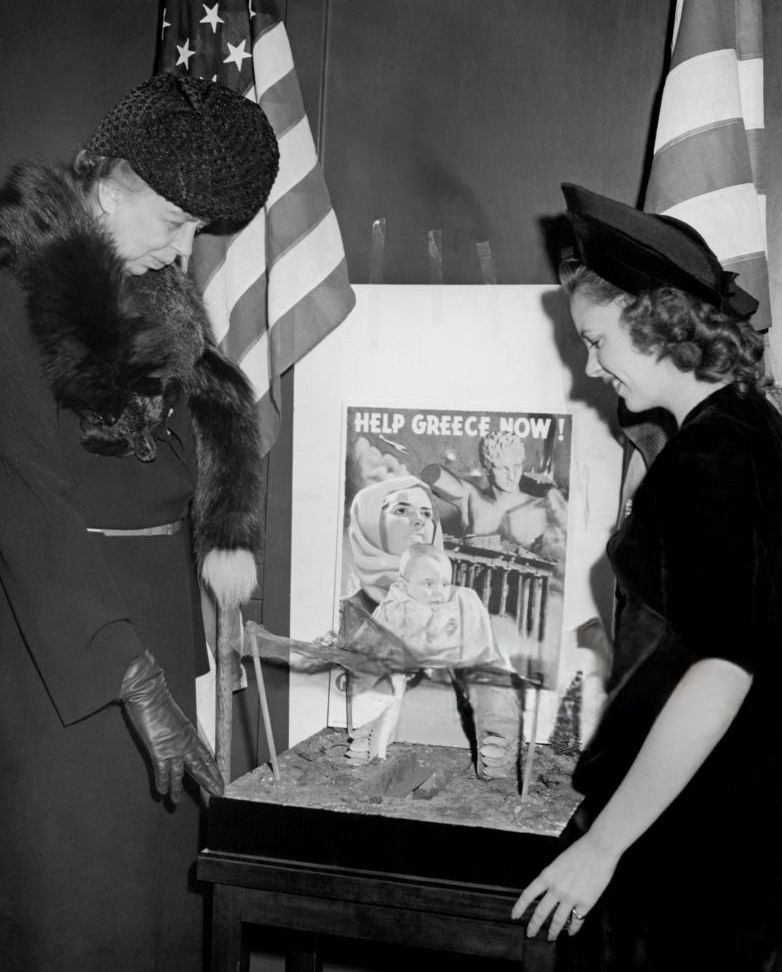

She loved New York, a place of so many memories. Far from Hollywood and the pressure and drama of making movies and records, New York was a city of sophisticates who welcomed her with open arms and thunderous applause. They welcomed her humor, intelligence and uniqueness. She was genuinely happy in New York, where passersby would ask for an autograph, a gaucherie Hollywood folks used to celebrities were too blasé to ask for. The energy of it all gave her the energy to continue. And to thrive. She returned to the city — and even lived here on occasion — repeatedly during her much too short life.
Her first visit occurred in 1936 when she recorded her first two sides, “Stompin’ at the Savoy” and “Swing Mr. Charlie,” for Decca Records, at 50 W. 57th St. Her next visit occurred in 1938 to promote the MGM musical “Everybody Sing” and headline the Loew’s State theater, at 1540 Broadway, where she again returned in 1939 to promote “Love Finds Andy Hardy.”

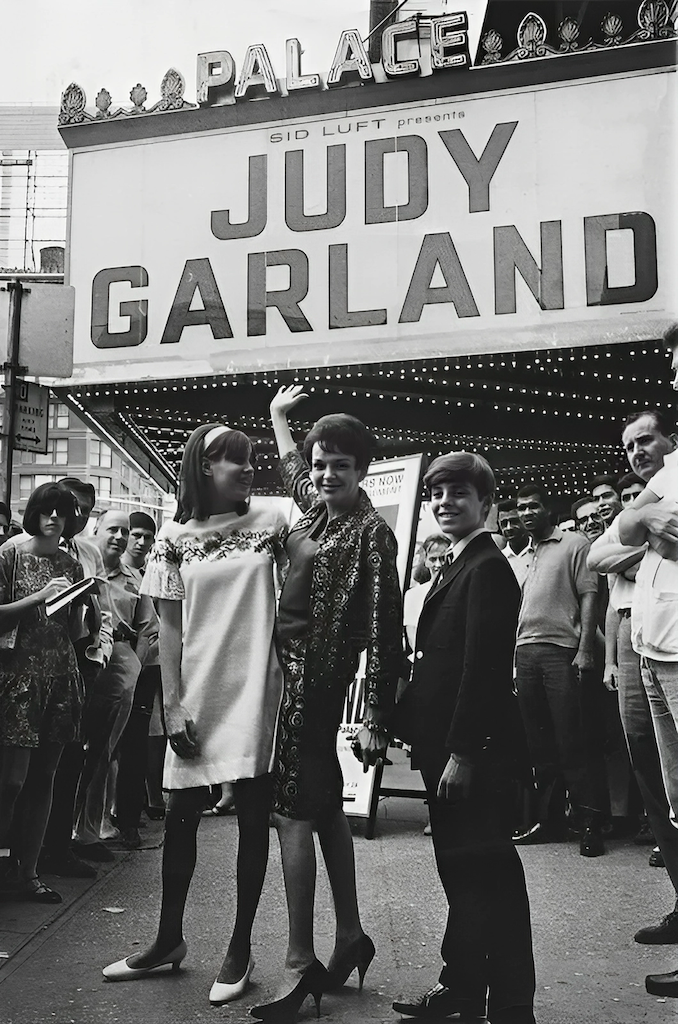

When she arrived once again in 1939 with Mickey Rooney by her side to publicize her new film, “The Wizard of Oz,” and perform live with him at the Capitol Theater, at 1645 Broadway, they were greeted by thousands of waiting fans at Grand Central.
She returned to the city in the early 1940s, but a more grown-up Garland came to the city with her new husband, Vincente Minnelli, on their honeymoon in 1945. Upon that occasion, Garland recorded four Decca sides. Back at MGM, Garland and Minnelli next made “The Clock,” a film which took place in New York (although filmed in Culver City) and was Garland’s only non-singing role while at the studio.
Garland could be again seen in New York in the early 1950s after she left MGM in 1950, and then again for the 1954 New York opening of her Warner Bros. comeback musical, “A Star Is Born,” at the Victoria, on Broadway at W. 46th Street, and the Capitol. Her shows at the Palace in 1951-52 (JSP Records just issued the first complete release of closing night) and in 1956 are the stuff of legend.

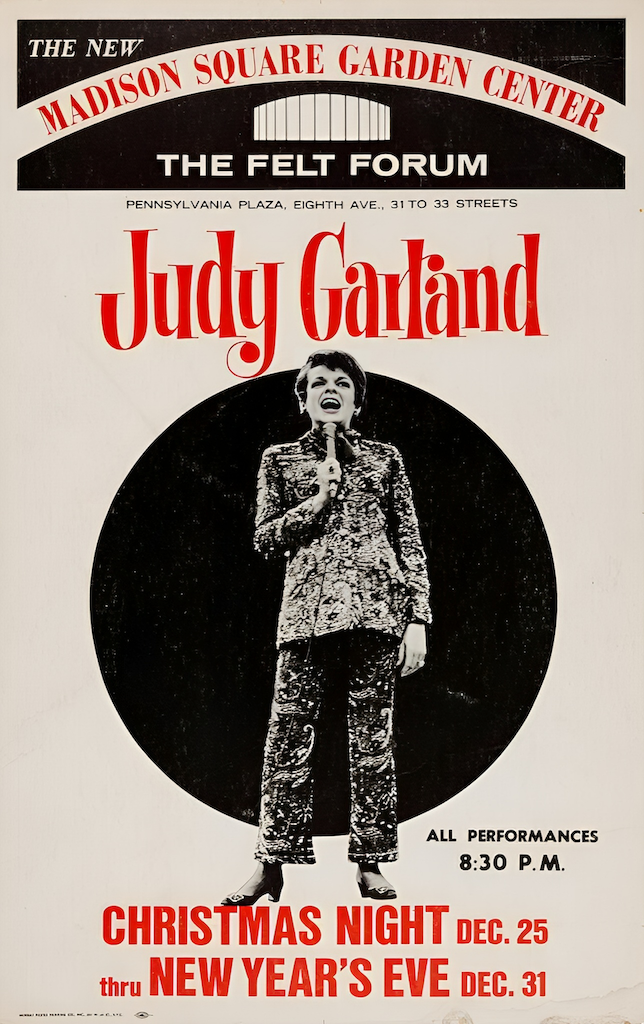
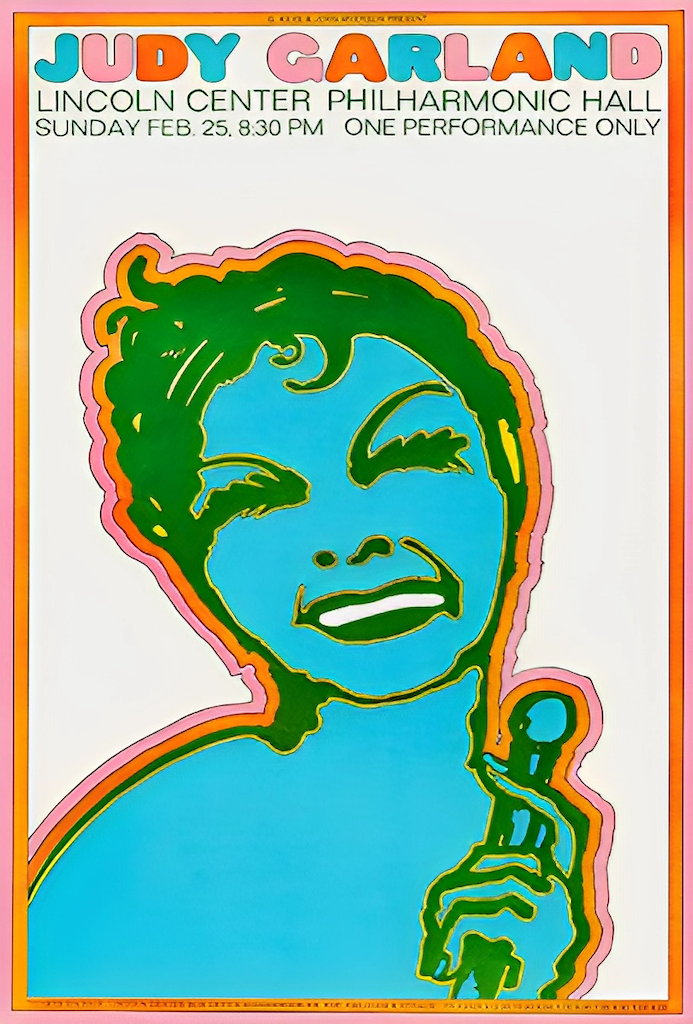
She performed at the old Met in 1959, but her two shows at Carnegie Hall on April 23 and May 21, 1961, were rapturous performances, and the first date was recorded by Capitol Records for posterity.
Garland would regularly play New York during the 1960s, including the Manhattan Center in 1962, the Forest Hill Tennis Stadium in 1965 (which this writer attended), her third residency at the Palace in 1967 (which this writer attended on opening night), the Felt Forum in 1967, and finally at Lincoln Center’s Philharmonic Hall in 1968. Shortly before her death, she and her husband, Mickey Deans, visited the city on business, and she died a few days later in London, where she was living.
By 1969 Garland had long been a gay icon, and her funeral in New York that year on June 27 is said by some to have sparked the Stonewall riots, which began on June 28. As tempting as it is to say that her death and Stonewall were related, participants in the riots have stated that the two events were unrelated, and this author tends to agree with that assessment.
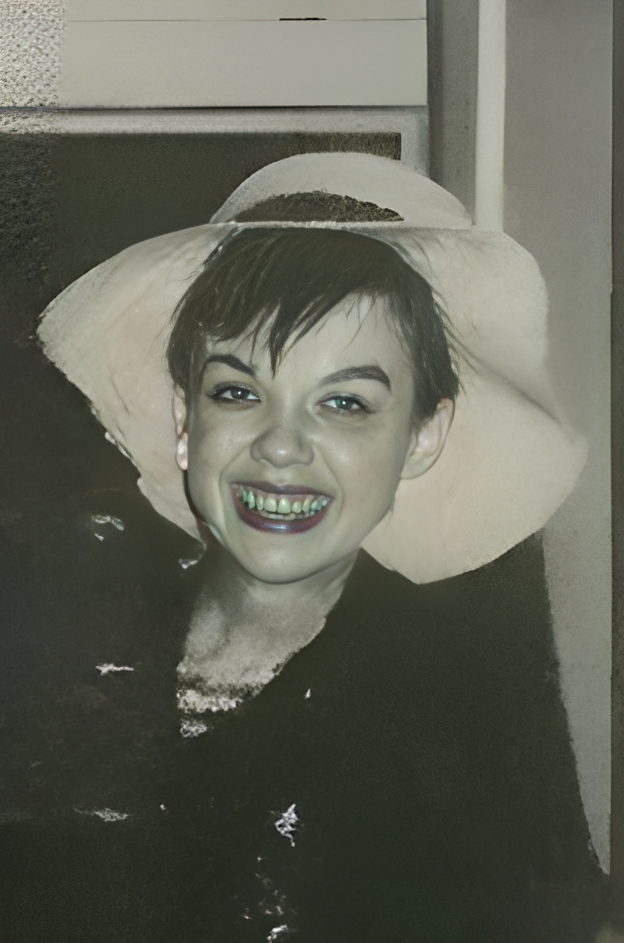
Garland once stated, “I’m always at my best in New York.” The air was so thick with electricity on opening night at the Palace, to which I devote a whole chapter in my book, one could cut it with a knife.
Two years later, she was dead. I was shocked but not surprised. She had had so many problems toward the end of her life — homeless, broke, addicted — that the news was not unexpected. Nineteen at the time, I chose not to attend her funeral at Campbell’s on the Upper East Side. Garland was a living being for me, and I still see her that way. Twenty thousand mourners showed up to view her open white casket, but not me.
I had no interest in mourning. I, to this day, celebrate her artistry rather than regret her passing. Her music is very much alive and well. That is how I pay my respects to one of the greatest singers of the 20th century.
Schulman is a music producer, critic, translator and author of “Garland: That’s Beyond Entertainment – Reflections on Judy Garland,” published by BearManor Media in 2023. His next book, “FREE: Words on Music by a Hi-Def Critic in an MP3 World,” will be published by BearManor Media in 2024.


That “last photo” of Judy is so overprocessed by AI that it doesn’t even resemble her. I’ve seen the untouched photo. That version should have been used instead for this article.
I agree, Rob. The problem is that the untouched photo is of such extremely poor quality, that it simply cannot be published unrestored. So, what to do, what to do, what to do?
Just a note to say that the photograph above of Judy Garland at Carnegie Hall was taken by Joe Covello on May 21, 1961, date of her second show there that year, and not on April 23, 1961, when her first show, which was recorded, took place.
Lawrence Schulman